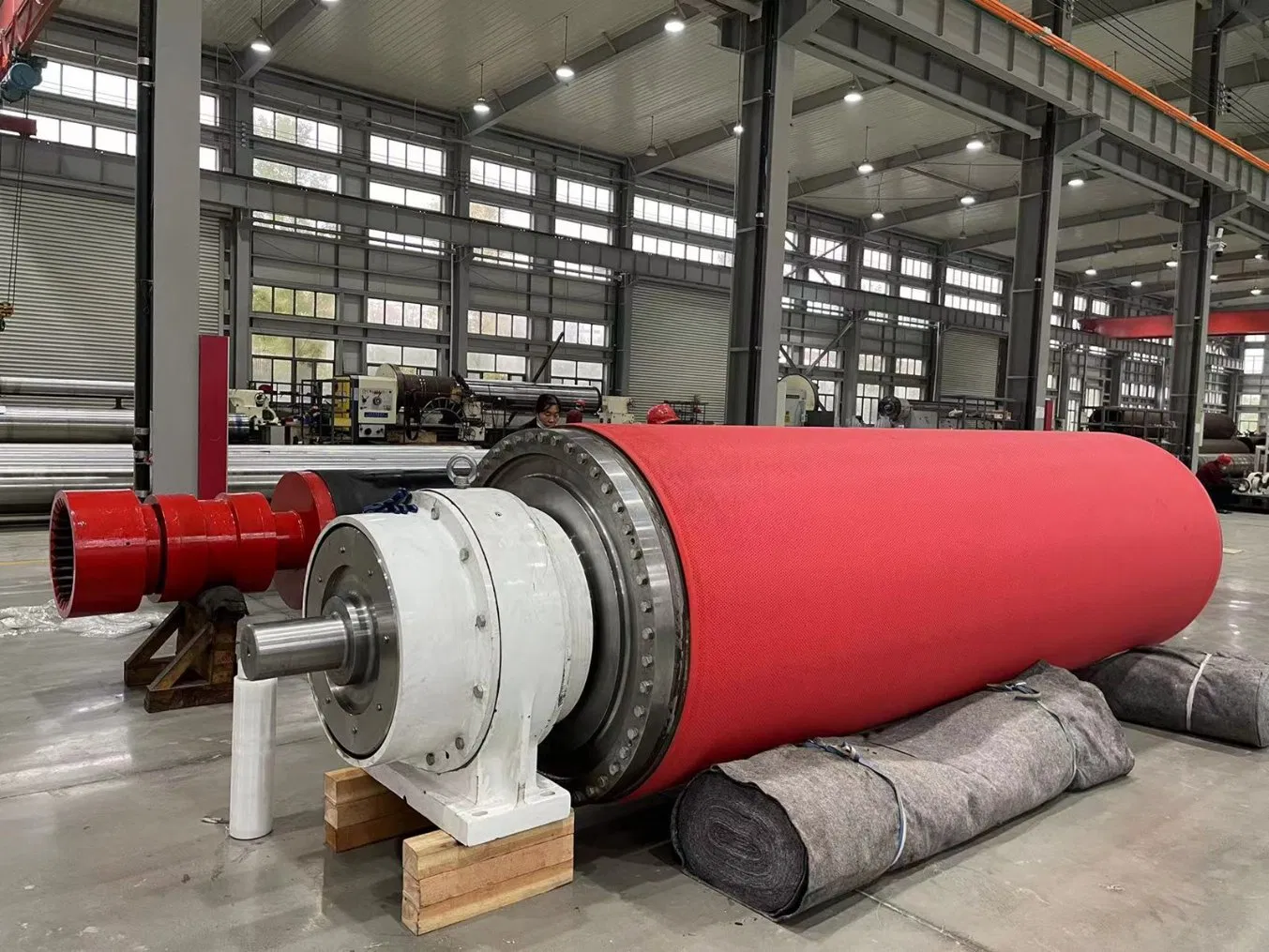
Rolling mills are essential machinery in various industries, primarily metal processing. They deform metal by passing it between rolls under pressure, reducing its thickness and modifying its shape. From producing sheet metal for automobiles to creating structural steel for buildings, these powerful machines are the backbone of modern manufacturing. But what are the types of rolling mills, and how do they differ? This guide will delve into the fascinating world of rolling mills, exploring their diverse types and applications.
Two-High Rolling Mills
Perhaps the simplest design, two-high rolling mills consist of two horizontally arranged rolls. The metal workpiece passes between these rolls, undergoing reduction in thickness with each pass. These mills can be reversing or non-reversing. In a reversing mill, the rolls can rotate in both directions, allowing the material to be passed back and forth multiple times. Non-reversing mills require the workpiece to be fed through the rolls in a single direction, often requiring additional handling equipment. Two-high mills are commonly used for initial breakdown rolling of large ingots and slabs.
Three-High Rolling Mills
Taking things a step further, three-high rolling mills utilize three rolls stacked vertically. This arrangement allows for the workpiece to be passed through the rolls in both directions, eliminating the need for reversing the roll rotation. After passing through the bottom two rolls, the workpiece is lifted and passed through the top two rolls. This design increases efficiency but can require more complex handling systems. Three-high rolling mills are typically used for hot rolling applications.
Four-High Rolling Mills
Four-high rolling mills introduce two smaller “work rolls” supported by two larger “backup rolls.” The backup rolls provide rigidity and prevent deflection of the work rolls, allowing for greater precision and control over the final product’s dimensions. This configuration is ideal for producing thinner gauges and achieving higher surface quality. Think of producing sheet metal for car bodies – that level of precision often requires a four-high rolling mill.
Cluster Rolling Mills
For extremely thin gauges and demanding tolerances, cluster rolling mills provide the ultimate solution. These mills employ multiple small work rolls clustered around a single backup roll. The multiple points of contact distribute the rolling force, minimizing work roll deflection and enabling the production of extremely thin and precise sheet metal. Ever wondered how razor blades get so thin? Cluster rolling mills play a crucial role.
Planetary Rolling Mills
Planetary rolling mills offer a unique approach to rolling, utilizing a central driving roll surrounded by smaller planetary rolls. The planetary rolls rotate around the central roll while simultaneously rotating on their own axes. This complex motion results in extremely high reduction ratios in a single pass. These mills are commonly used for hot rolling and can significantly reduce the number of passes required to achieve the desired thickness.
Sendzimir Rolling Mills (Z-Mills)
Known for their precision and versatility, Sendzimir mills, or Z-mills, utilize a cluster rolling configuration within a housing structure. This design provides exceptional control over the rolling process and allows for the production of very thin strips with tight tolerances and excellent surface finish. These mills find applications in industries requiring high-precision rolled products, such as aerospace and electronics.
Universal Rolling Mills
What if you need to roll a workpiece both horizontally and vertically? Universal rolling mills are equipped with both horizontal and vertical rolls, allowing for simultaneous shaping in both directions. This is particularly useful for producing I-beams, H-beams, and other structural shapes. This dual-axis control provides greater flexibility and efficiency in shaping complex profiles.
Choosing the Right Rolling Mill: What are your needs?
With so many different types of rolling mills, selecting the right one for a specific application can seem daunting. Factors to consider include the desired product dimensions, material properties, production volume, and budget. Consider the final product – are you producing thick slabs, thin sheets, or complex profiles? The material being rolled also plays a role, as some materials require more force and specialized roll materials.
Taking the Next Step
Understanding the different types of rolling mills is crucial for anyone involved in metal processing. From basic two-high mills to complex cluster and planetary mills, each type offers unique capabilities and advantages. By carefully considering the specific requirements of your application, you can select the optimal rolling mill to achieve your desired results. Contact a rolling mill specialist to discuss your specific needs and explore the best options available. Have you considered the long-term maintenance needs of different rolling mill types? This is a crucial aspect often overlooked during the selection process. Researching and comparing maintenance requirements can save significant costs and downtime in the future.



